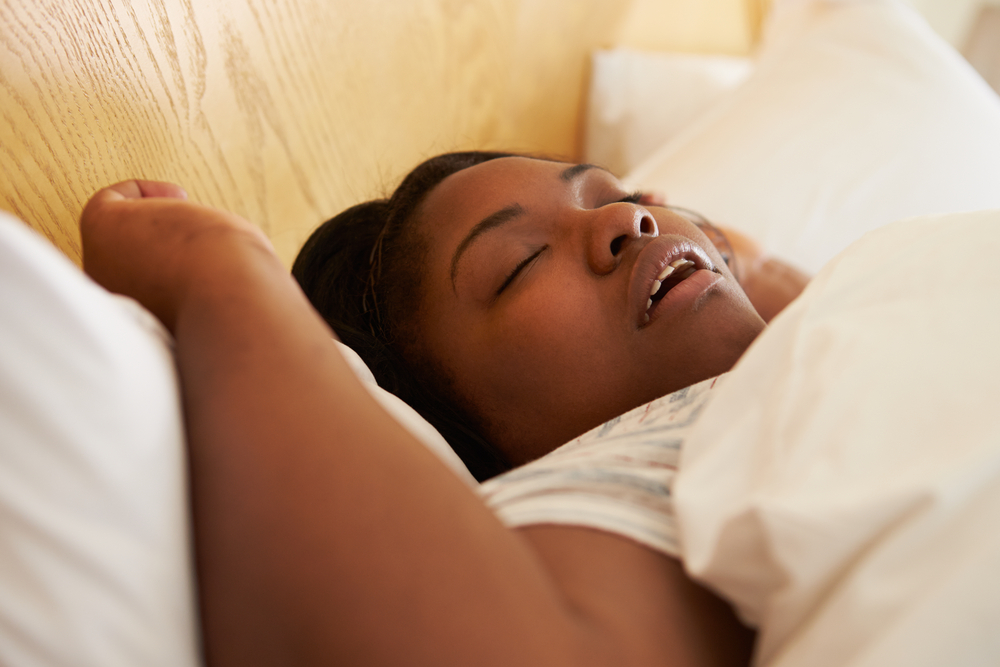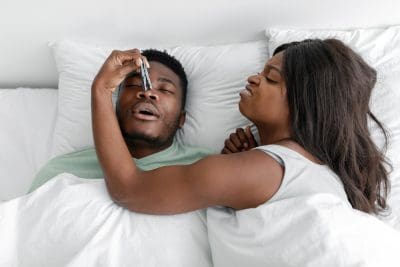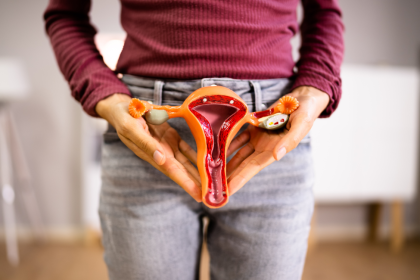You’ve tried everything to improve your sleep. Blackout curtains. White noise machines. Avoiding screens before bed. Maybe even sleeping pills. But what if the real culprit behind your tossing and turning isn’t in your bedroom or your pre-sleep routine, but actually hiding right in your mouth? The way your teeth fit together might be silently sabotaging your sleep quality every single night.
The surprising connection between bite and sleep
Your bite, also called dental occlusion, refers to how your upper and lower teeth fit together when you close your mouth. Ideally, they should align perfectly, with upper teeth slightly overlapping the lower ones. But perfect bites are about as common as perfect anything else in nature, which is to say, pretty rare.
Most of us have some degree of malocclusion, where teeth don’t align quite right. Maybe your upper teeth jut out too far, or your lower jaw sits slightly askew. While these issues might seem purely cosmetic, they can trigger a cascade of effects that ultimately disrupt your sleep.
When your bite is off, your jaw muscles have to work harder to find a comfortable resting position. This extra effort doesn’t magically disappear when you fall asleep. Instead, it can manifest as teeth grinding, jaw clenching, or even disrupted breathing patterns throughout the night.
Think about trying to sleep with a tiny pebble in your shoe. Even if you manage to drift off, that small discomfort would keep part of your brain on alert, preventing you from reaching the deepest, most restorative stages of sleep. An unbalanced bite works in much the same way, keeping your nervous system subtly activated when it should be completely at rest.
Grinding your way to exhaustion
One of the most direct ways your bite affects your sleep is through bruxism, the medical term for teeth grinding and jaw clenching during sleep. This unconscious nighttime habit affects up to 31% of adults and is often triggered by an uneven bite.
When your teeth don’t fit together harmoniously, your jaw muscles may try to find relief by grinding or clenching. It’s like your body is attempting to file down the high spots to create a more comfortable position. Unfortunately, this well-intentioned correction mechanism wreaks havoc on your sleep architecture.
Even if grinding doesn’t fully wake you up, it bounces you out of deeper sleep stages into lighter ones. You might spend the recommended eight hours in bed but wake up feeling like you only got four. The constant muscle activity also leads to morning headaches, jaw pain, and that frustrating feeling of waking up more tired than when you went to bed.
The noise itself can be disruptive too, not just for you but for anyone sharing your bed. Some teeth grinders make sounds loud enough to wake their partners repeatedly through the night, creating sleep problems for the entire household.
Breathing troubles linked to your bite
Perhaps the most serious way your bite can impact sleep is through its effect on your airway. The position of your jaw directly influences the size and shape of your throat’s air passage. When your bite forces your lower jaw too far back, it can narrow this crucial pathway.
This relationship explains why certain bite problems are strongly linked to sleep apnea and other breathing disorders. Sleep apnea, characterized by repeated breathing interruptions during sleep, prevents normal progression through sleep cycles and leaves sufferers chronically exhausted despite adequate time in bed.
Even if you don’t have full-blown sleep apnea, a restricted airway from bite issues can cause increased resistance to airflow. Your body has to work harder to pull air in, increasing the effort of breathing during sleep. This extra work prevents your nervous system from fully relaxing, keeping you in lighter sleep stages.
The connection works both ways. Sleep-disordered breathing can actually change your bite over time. When breathing through the mouth becomes habitual, it can alter facial growth patterns, especially in children, creating dental alignment problems that further compound sleep issues.
Pain signals that keep your brain alert
An improper bite puts uneven pressure on certain teeth and strains the temporomandibular joints that connect your jaw to your skull. This imbalance commonly leads to temporomandibular disorders, or TMD, affecting the joints, muscles, and nerves in and around your jaw.
Pain from TMD doesn’t conveniently disappear during sleep. Even if you’re not consciously aware of it, your brain still registers these pain signals. This background discomfort keeps your nervous system in a heightened state of alertness when it should be powering down for deep, restorative sleep.
The connection between TMD pain and poor sleep is so strong that sleep disturbance is considered both a symptom and a contributing factor to the disorder. It’s a vicious cycle where pain disrupts sleep, and poor sleep lowers pain tolerance, making the jaw discomfort feel even worse.
Signs your bite might be affecting your sleep
How do you know if your dental alignment is secretly sabotaging your sleep? Look for these warning signs:
- Waking with headaches, particularly around your temples
- Morning jaw soreness or fatigue
- Tooth sensitivity or pain upon waking
- Visibly worn or flattened teeth
- Your partner reports hearing grinding sounds during the night
- Waking with a dry mouth or sore throat
- Feeling unrested despite adequate time in bed
- Difficulty staying asleep through the night
- Waking with facial or ear pain
If several of these symptoms sound familiar, your bite might be the hidden factor in your sleep struggles.
Finding solutions for better sleep
The good news is that addressing bite-related sleep problems can lead to dramatic improvements in sleep quality. The approach depends on the specific issue, but might include:
Custom night guards can provide immediate relief by creating a barrier between upper and lower teeth, preventing grinding and distributing pressure more evenly across your bite. While not addressing the underlying misalignment, they can significantly reduce symptoms and protect your teeth from further damage.
For more severe cases, orthodontic treatment might be recommended to gradually shift teeth into better alignment. Modern options include nearly invisible aligners that make treatment more comfortable and cosmetically acceptable for adults.
Dental restorations like crowns or bonding can sometimes correct bite issues by rebuilding worn teeth to their proper height and shape, reestablishing a more harmonious bite pattern.
For cases involving sleep apnea, oral appliances that gently reposition the lower jaw forward can open the airway during sleep. These devices, fitted by dentists with sleep medicine training, can be highly effective for mild to moderate sleep apnea.
The bottom line
Your bite and your sleep quality are connected in ways most people never realize. That persistent fatigue, those morning headaches, and that frustrating inability to feel truly rested might not be due to stress or age or your mattress after all. The answer could be as close as your own mouth.
If you’re struggling with sleep despite trying all the standard recommendations, it might be time to consider whether your bite is the missing piece of the puzzle. A consultation with a dentist who understands the connection between dental alignment and sleep could be the first step toward nights of deeper, more restorative rest and energized mornings.
Sometimes the most significant health improvements come from addressing the issues hiding in plain sight. Your bite might just be the key that unlocks the door to better sleep.















